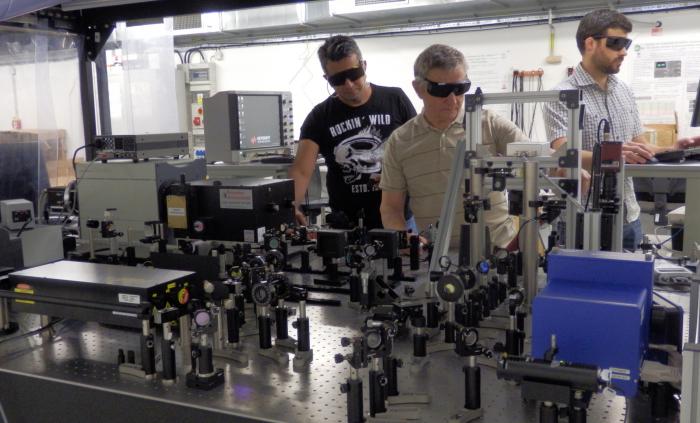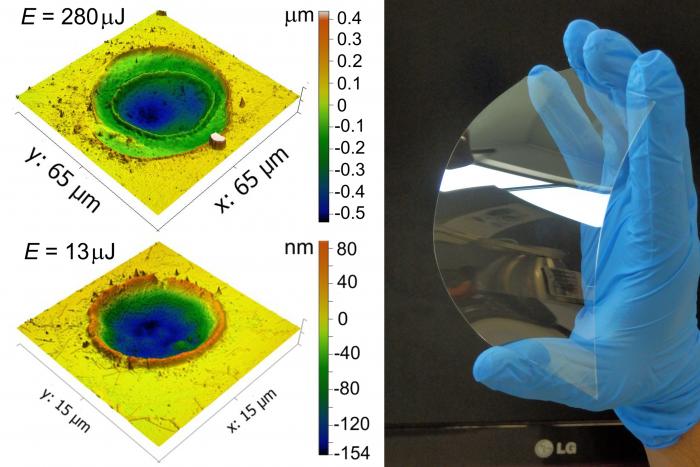Prof. Dr. Sci. Nadezhda M. Bulgakova, Ph.D.
Dr. Yoann Levy
The Department “Scientific Laser Applications” represents the Research Area 4 of the HiLASE Centre: Physics of laser-matter interaction. The Department was established based on the Group created in the frames of a 6-year project “Advanced designing of functional materials: From mono- to BI- And TRI-chromatic excitation with tailored laser pulses” (Acronym BIATRI) under the Operational Programme of Research, Development and Education (OP VVV) of the Ministry of Education, Youth and Sports, Czech Republic, Call “Excellent Research Teams”. The project is aimed at designing new materials and enhancing material functionalities with the use of both commercially available lasers and the lasers developed at the HiLASE Centre in mono- and multi-chromatic irradiation regimes. In the frames of the project, an advanced laboratory for investigations of laser-matter interaction has been built which is equipped with the state-of-the-art diagnostic techniques for laser-driven experiments.
The Department synergistically combines experimental and theoretical developments in the field. Experimentally, the most advanced complementary diagnostics are used to discover material evolution routes with temporal resolution down to 1 ps or shorter and with nanoscale spatial resolution. Theoretically, the most appropriate models existing in the field, from simple energy-balance semi-analytical approaches to ab initio quantum calculations, are applied to simulate experimental conditions for gaining insight into underlying physics.


